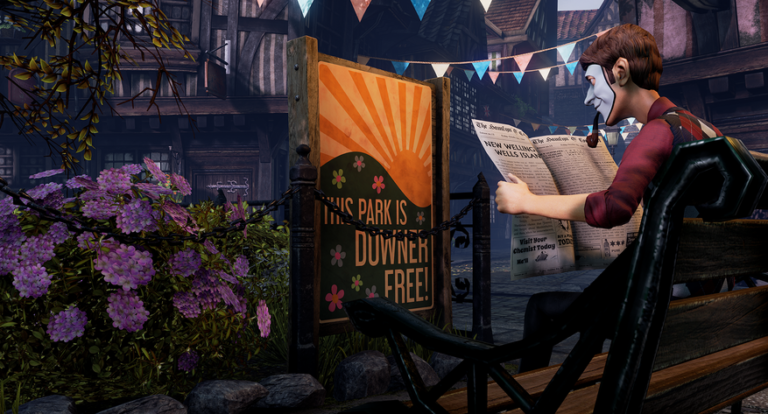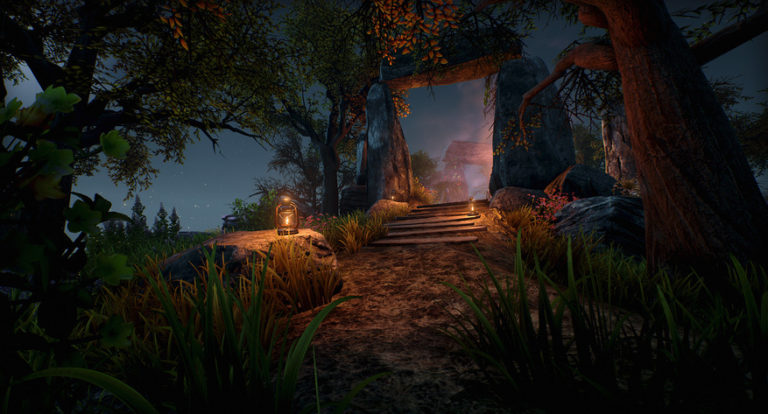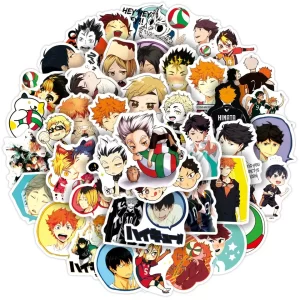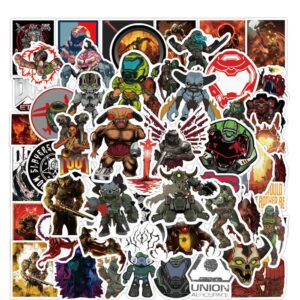Few games have had as interesting of a development history as We Happy Few. Originally announced at E3 2016, it made waves for its atmosphere and mystery. Unfortunately, a narrative-driven game was not what (the now Microsoft-owned) Compulsion Games had in mind. After hearing fan demand, We Happy Few suddenly transitioned to a randomly-generated survival game into a narrative-heavy adventure game. Was it successful? Well, that’s a complicated answer.
Take Your Joy
By far the most successful element in We Happy Few is the atmosphere. Set in an alternate timeline, the isolation of Wellington Wells allowed it to advance far more rapidly than the rest of the world. My favorite part of We Happy Few was exploring its retro-modern environment. Now, the randomly-generated nature of We Happy Few detracts from this overall strength (more on that in a bit), but it’s in the handcrafted levels where We Happy Few absolutely shines.
One of the themes of We Happy Few is the dichotomy between the high of Joy and the harsh reality of the real world. If you take your Joy, the world is bright and cheerful as the citizens on it. However, should you fall out of line, and the world immediately turns against you. Anything you do that makes you stand out makes the world a violent, dangerous place. Even something as simple as wearing the wrong outfit in the wrong place can have dire consequences.

While randomly-generated levels can work in games like Dead Cells and Rogue Legacy, it simply doesn’t work in a narrative-heavy game like We Happy Few. While I didn’t mind diving into what truly happened to Wellington Wells, I wish the environments surrounding me were more compelling.
The interior elements of We Happy Few are far superior to the outdoor locations. Because they aren’t randomly-generated, they have much more personality and character to them then the other locations. I understand the need for a randomly-generated world in We Happy Few given its history, but if only the world of Wellington Wells was created with the narrative in mind.
A Story of Drug-Fuelled Despair
Along with the atmosphere, the story of We Happy Few was absolutely compelling. There are three narratives within, each focusing on a different citizen of Wellington Wells. Arthur, a mild-mannered man who censors newspapers, has the meatiest campaign. His story is an extremely personal one, with direct ties to the town’s dark past. A former model citizen who falls from grace, he has to straddle both sides of Wellington Wells in order to make it out alive. He is also able to craft his way out of a situation, creating tools for any obstacle he may encounter.
Sally is a scientist who also harbors a (less dark) secret. She is a character who relies on anonymity much more than the others. Stealth and fitting in are the two main components of Sally’s campaign. As a chemist, she can create concoctions to help her evade those who pursue her. She doesn’t have the strength the other characters have, but she is the most crafty. Ollie is the most physical of the three, relying on brute force. I appreciated how all three campaigns weren’t simply reskins of each other. While they all had their similarities, they were also different enough to make them not bleed too much into each other.
Gameplay That Isn’t a Joy
Unfortunately, We Happy Few really falls apart in regards to its mechanics. The stealth elements (and I should use the term “stealth” lightly) are far too simple to be invested in. I personally am not the biggest stealth fan, but even I can admit that the stealth seems half-baked. Stealth-lite may be a more correct description, as while you do need to hide from opposing forces, it’s simple (a little too simple) to hide.
The overly simple stealth did make evading enemies a little easier. And that sure is something I took advantage of, because boy is combat rough. Combat equates to simply hitting a button to swing whatever weapon you have equipped (or if you have none, your fists). The tired mechanics of combat made it a chore to get through.

Crafting, on the other hand, I did appreciate it. It is much more streamlined than other crafting systems. For a lot of the basic items, you only need one item, making getting your hands on tools a heck of a lot simpler.
The survival element from We Happy Few’s original incarnation is still held over in this final version, albeit in a much less integral way. Survival here is now more of a buff/debuff system, and if you are low on any of your stats, you will suffer in combat. Survival now feels like more of a tacked-on element rather than a fleshed-out mechanic. In the state survival’s in right now, We Happy Few would have benefitted from fully committing to survival either way. Unfortunately, it suffers because it doesn’t.
Conclusion
Much like its story and themes, We Happy Few is a dichotomy. While the story and atmosphere and compelling and uncomfortable, the act of playing through it is a slog. A last-minute shift in direction ultimately makes We Happy Few seem like it’s going through an identity crisis.
Summary
While excelling in mood and atmosphere, We Happy Few unfortunately lacks when it comes to playing the game.
Overall
60%Pros
- Dark and moody atmosphere
- A compelling story
- Hints at a town’s twisted path
Cons
- Tired mechanics
- A bit dragged out
- Combat is a bore













